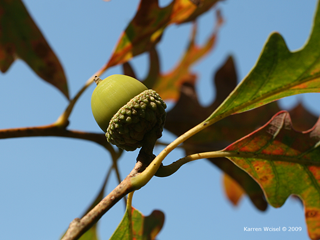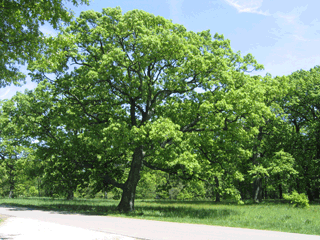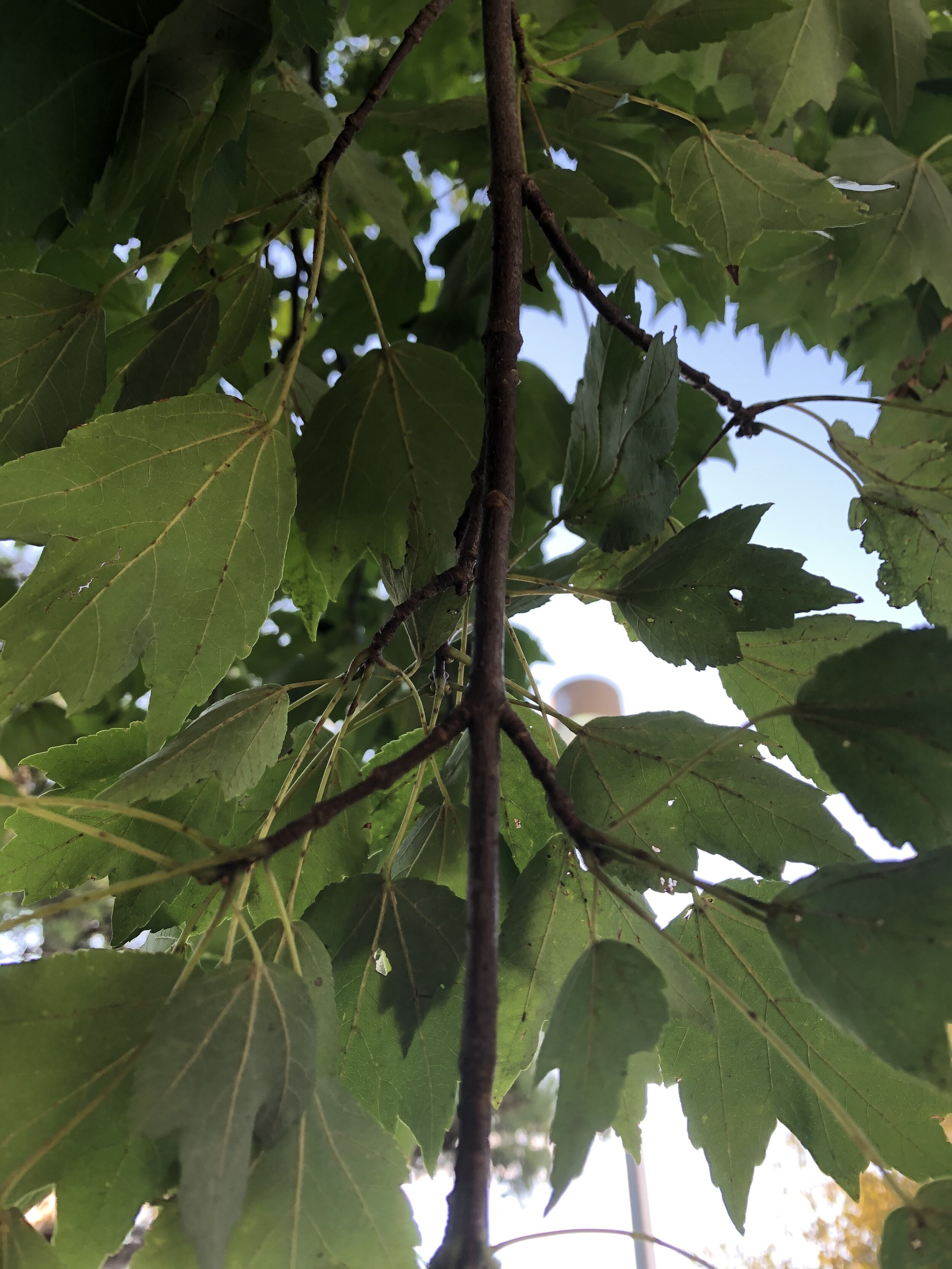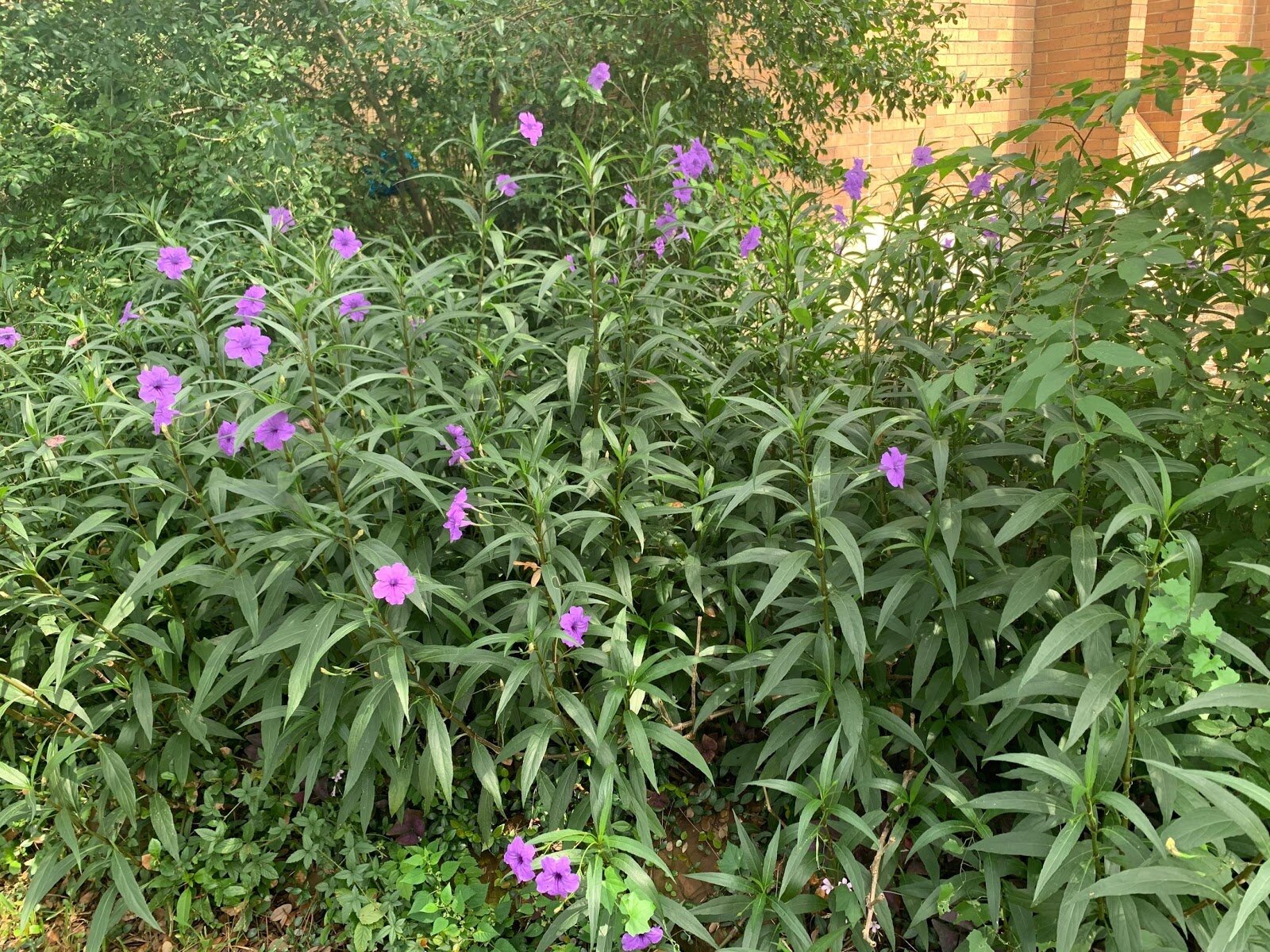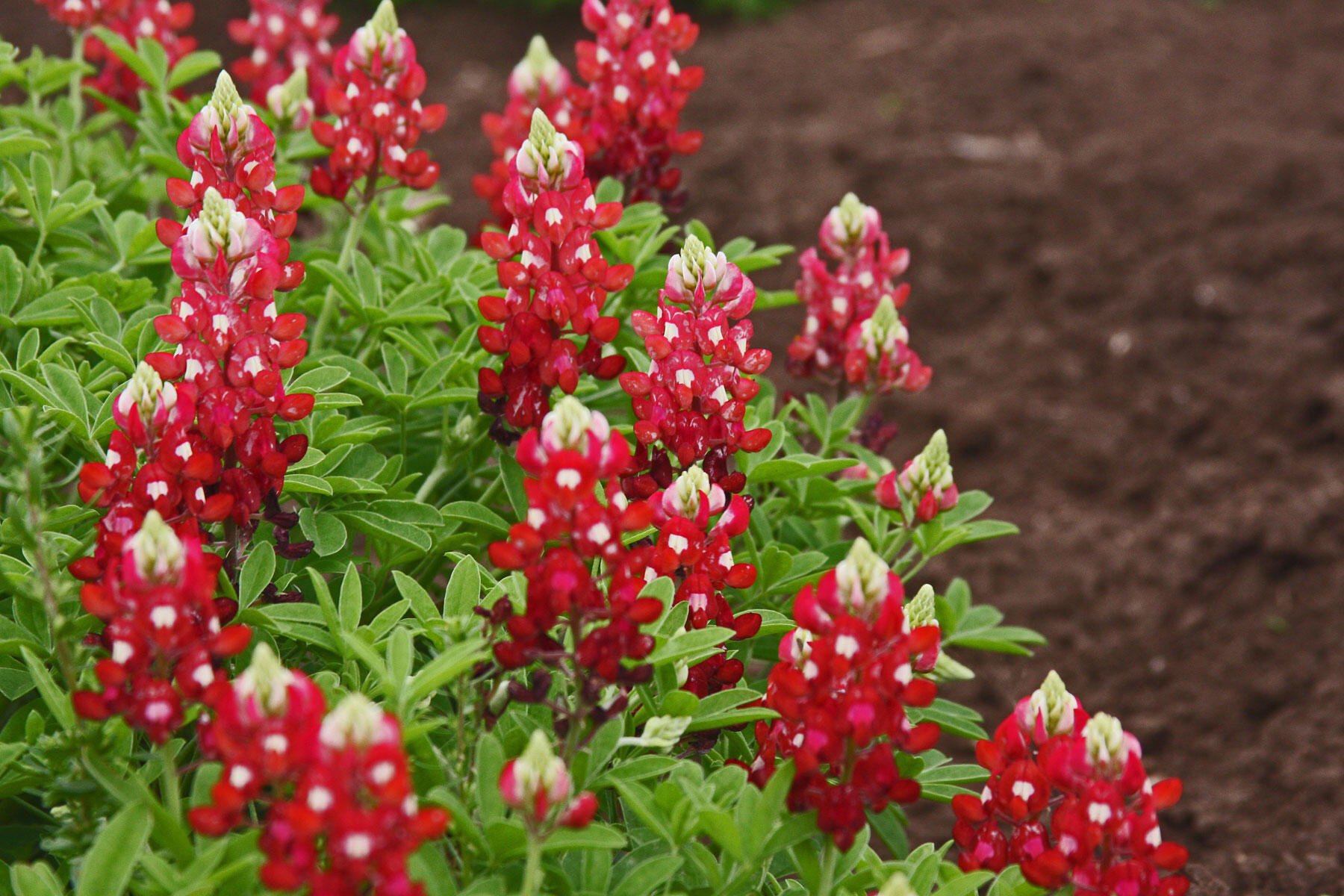Begonia x hybrida, Begonia
/
By Robin Hawkins (2020)
THE STORY:
Types of Begonias:
There are three major groups: tuberous, semperflorens (wax begonias) and fibrous (BegoniaFacts).
Both tuberous and semperflorens are edible. Many report it tastes like a citrus fruit, but one should not eat too many because high amounts will cause poisoning due to the high oxalic acid in the plants (BegoniaFacts).
Cultivars:
(McIntosh, 2020)
Begonia x tuberhybrida ‘Dusty Rose’
Begonia semperflorens ‘Richmond’
Begonia x tuberhybrida ‘Mocca Yellow’
Begonia being used in the landscape. Photo taken by Robin Hawkins.
BIOLOGY:
Begonias succulent-like stem. Photo taken by Robin Hawkins.
Begonias are part of the Begoniaceae family.
They are native to the US, but can be found in Central and South Americas as well as Asia and some parts of Africa (Sciencejrank.org).
The plants are herbaceous perennials but many in the US are treated as annuals because they are suspectable to frost, so they do well in temperatures 65 degrees Fahrenheit and up (Sciencejrank.org).
Begonias can grow up to 12 to 16 inches tall and 12 to 16 inches wide with the tallest it can get is 3 feet in height depending on the species (BegoniaFacts).
Begonias have several growth habits such as rhizomatous, semperflorens, shrub-like, thick-stemmed, trailing etc (Missouribatanicalgarden.org).
They are able to withstand drought because of their thick waxy leaves that store water.
ID FEATURES:
Begonias beautiful red flowers. Photo taken by Robin Hawkins.
Beautiful red, pink, or white flowers that bloom anywhere from May to October.
Flowers are either pistillate or staminate but occur on the same plant making this plant monoecious (Sciencejrank.org).
Fruit is a dry winged capsule that splits in half to release its seeds (BegoniaFacts).
Leaves are simple and have a wavy leaf margin that has an alternate arrangement on the stem.
There are two stipules at the base of each leaf petiole.
If you look closer at the stem, you will notice it has a thick- succulent-like stem (Missouribatanicalgarden.org).
Begonias wavy shiny leaves. Photo taken by Robin Hawkins.
GARDEN VALUE AND USE:
Begonias are widely used as an ornamental plant and great for borders, edges, flower beds, and containers inside near a window or outside (Sciencejrank.org).
Begonias can get some serious pests and diseases such as; Powdery mildew and Botrytis blight (Kelsey, 2017).
Begonias grow well in many USDA Zones, but they overwinter in Zones 10 and 11 (Hagen, 2020).
In Horticulture, begonia is a popular cultivar because of its large foliage that is dense.
Tuberous begonias produce the most beautiful flowers, but once winter comes, they go dormant, and their leaves and flower die off.
Semperflorens begonias (AKA wax begonias) make great bedding plants because they can produce flowers all year long.
The biggest industry value is in gardening and landscaping purposes.
Literature Cited
“Begonia.” Begonias, Flowers, Plants, and Rex - JRank Articles, science.jrank.org/pages/814/Begonia.html.
Begonia (Semperflorens Cultorum Group) - Plant Finder, www.missouribotanicalgarden.org/PlantFinder/PlantFinderDetails.aspx?kempercode=a562.
“Begonia Facts.” Math, www.softschools.com/facts/plants/begonia_facts/1067/.
Garden Design Magazine. “Begonias - How to Plant, Grow & Care for a Begonia Plant - Garden Design.” GardenDesign.com, Garden Design Magazine, 3 Sept. 2020, www.gardendesign.com/plants/begonia.html.
Kelsey, Amber. “Begonia Diseases.” Garden Guides, 3 Sept. 2020, www.gardenguides.com/74993-begonia-diseases.html.
McIntosh, Jamie. “10 Choices When Picking Begonias for Your Container or Garden.” The Spruce, www.thespruce.com/begonias-for-containers-4121751.
Staff, GC. “Garden Center Web News and Social Media Highlights from November 2017.” Garden Center Magazine, Garden Center Magazine, 7 Nov. 2017, www.gardencentermag.com/article/garden-center-web-news-and-social-media-highlights-from-november-2017/.











